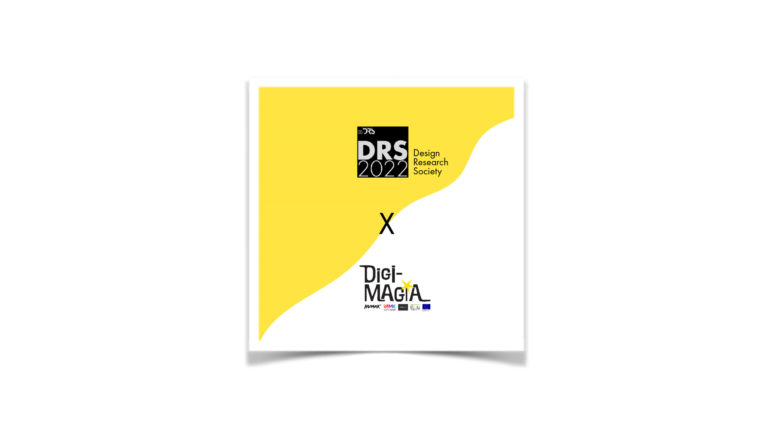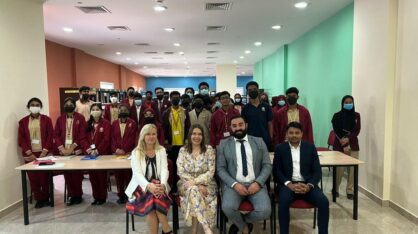Project ‘Digimagia’ is an outcome of the collaboration between Design Centre Muova and Humak. (keep or leave, depending on if the text is published on the project’s site or on Muova/Vamk’s) We decided to disseminate the development work done in the project so far to an international audience by taking part in a design research conference with the paper Restrategizing for the post-pandemic era: Service design for digital transformation in the art and cultural sector. In this paper, we discuss the findings of a few case studies we examined in the beginning of the Digimagia project, and outline how its training programme was developed.
What is the Design Research Society (DRS)?
We live in a world where we are constantly facing complex and wicked challenges. Design in its many forms helps to encounter these challenges and stay resilient despite environmental turbulence. For us it is interesting to see how the field of design has responded to tackle these challenges. What kind of methods and tools are used for transformation, collaboration, or envisioning future directions?
DRS is a platform that discusses multifaceted design-related phenomena and during this year, conference is organised in hybrid format between 25th June to 3rd July. The conference enabled design scholars to disseminate and discuss their work and ideas, and foster networking, collaboration and mutual learning.
This year’s conference was hosted by the city of Bilbao, in association with the University of the Basque Country, and the wider ecosystem of local academic and design institutions. In 2014 Bilbao became a member of the UNESCO City of Design network. We got to experience this design emphasis first hand, not least as one of the conference venues was the amazing Guggenheim Museum of Bilbao.
About our paper
We wanted to disseminate and discuss the development work behind the Digimagia service design training through the paper we presented at the conference. It explored the challenges of entrepreneurs and organizations within the art and cultural fields in meeting the challenges of digital transformation. The paper outlined a multidisciplinary conceptual framework, and used four case studies to illuminate how cultural field organizations and entrepreneurs adapted to the market disruption caused by the pandemic through digital service innovation means. Based on this, we discussed the four-stage model, that we implemented in the Digimagia service design training programme. Through this model, comprising the processes of reusing, restructuring, reinventing, and rethinking, we demonstrate how design methods can be used as tools in the development of innovative digital services, helping entrepreneurs restrategize in post-pandemic markets.
If it gets you curious, you can find our whole paper on https://doi.org/10.21606/drs.2022.687.




